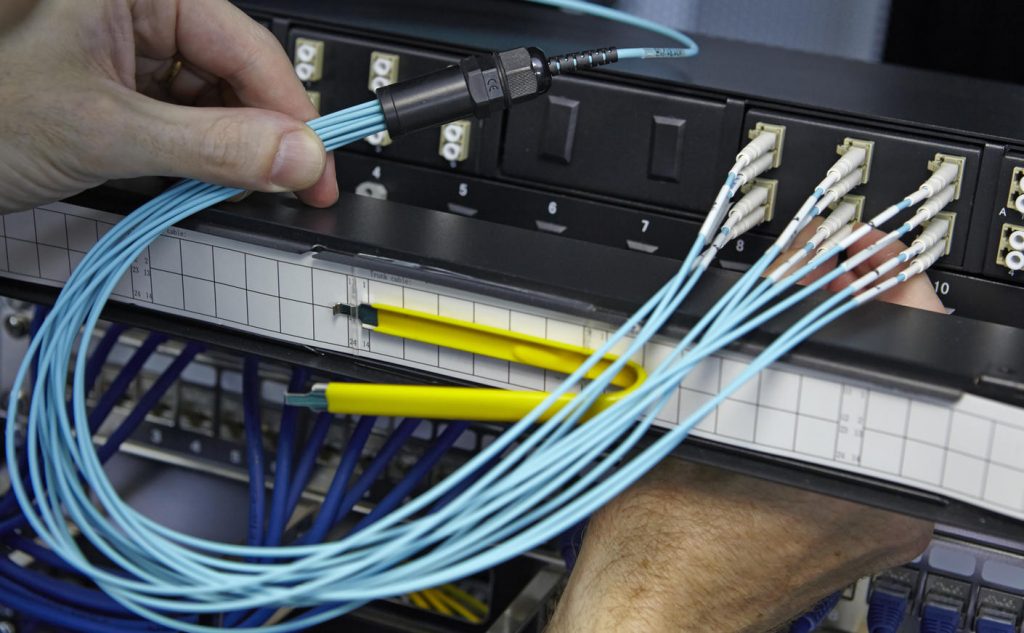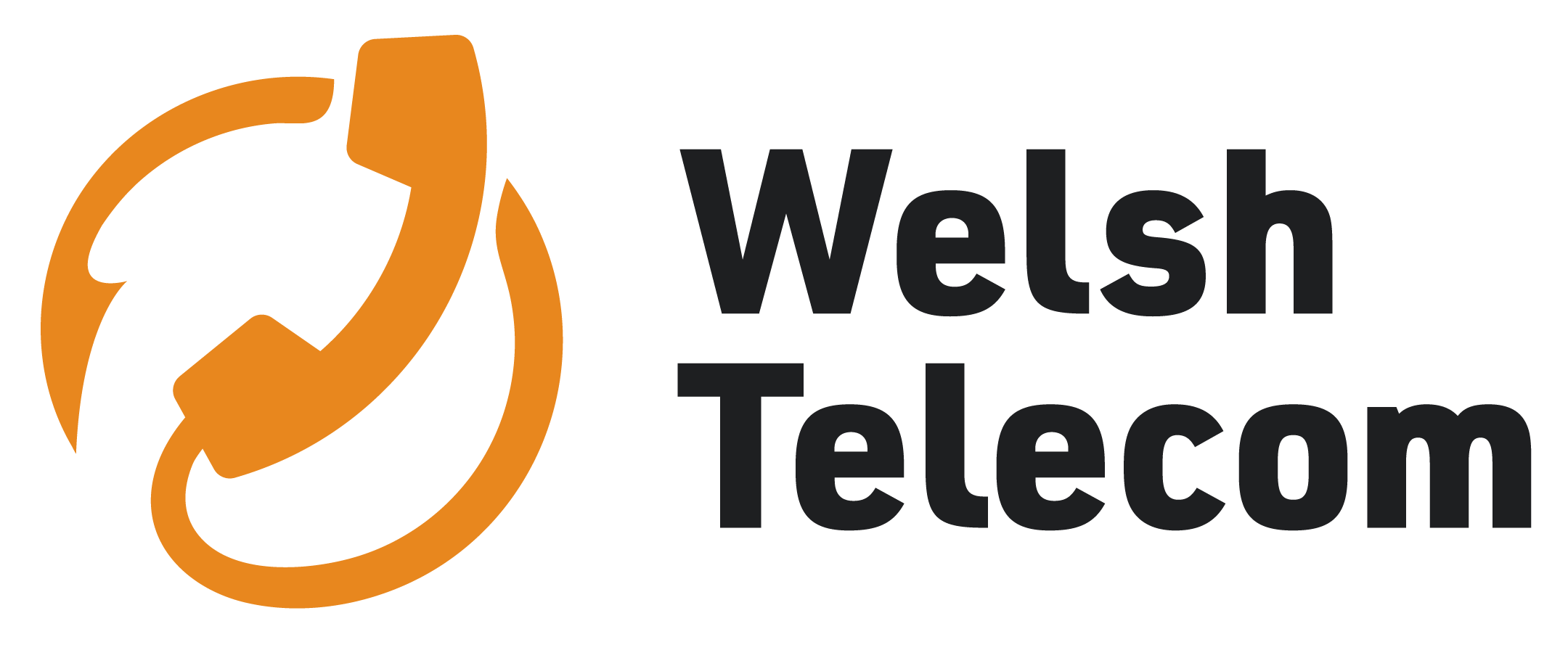
Fibreoptic technology is the next generation of cable to provide connectivity, bringing with it many advantages.
Greater Bandwidth
First and foremost, the amount of data that fibre can carry is significantly higher than traditional copper-based cable – there is no currently known limit to how fast it can go! Practically speaking, fibreoptic transmission is up to 1000 times faster than an equivalent best-case scenario copper cable.
On top of that, fibre connections have lower latency, giving a significantly reduced time to serialise information onto the network. This makes fibre the perfect medium for data-transfer heavy workloads such as central file storage or media editing, or high throughput requirements such as backbone connections in a larger network.
Faster speed
The core of fibreoptic cables carry light travelling at about 70% the speed of light to transmit data instead of electrical pulses, which is faster than copper cables such as Cat5 or Cat6. In addition, the signals carried over fibreoptic degrade negligibly over long distances, where copper cable quality degrades significantly as it approaches the limit of 100 metres.
Improved Reliability
Fibre is unaffected by changes to the temperature, ambient moisture or weather, which can all affect the operation of copper cables. Additionally, because fibre does not use electricity to, it is unaffected by electromagnetic interference that would cause poor signal quality on a copper cable. Fibre also avoids the fire hazard presented by old or worn copper cabling.
Smaller and Sturdier
Fibreoptic is made of polymer cabling that are both lighter and narrower, and with a very tight bend radius. This saves precious space when installing and makes cable planning and management that much easier. Fibre has a greater tensile strength, so it’s less prone to breakage than copper cable.
Future-proofing
Technology advancement has increased the speed of fibre by several thousand over the last few years, whereas copper development has slowed significantly after the introduction of Cat-6a. Introducing fibre to core network components has never been easier, with a slew of adapters or modules to bring older hardware up to spec, while newer hardware is coming with dedicated fibre connections. Desktop component prices have fallen dramatically (and continue to do so), lowering the total cost of ownership (TCO) of fibre.
Fibreoptic is the way of the future, and will become the standard as services both consumed and delivered need more data, faster.
Contact us today to talk about your network requirements and see where fibreoptic can take you.
